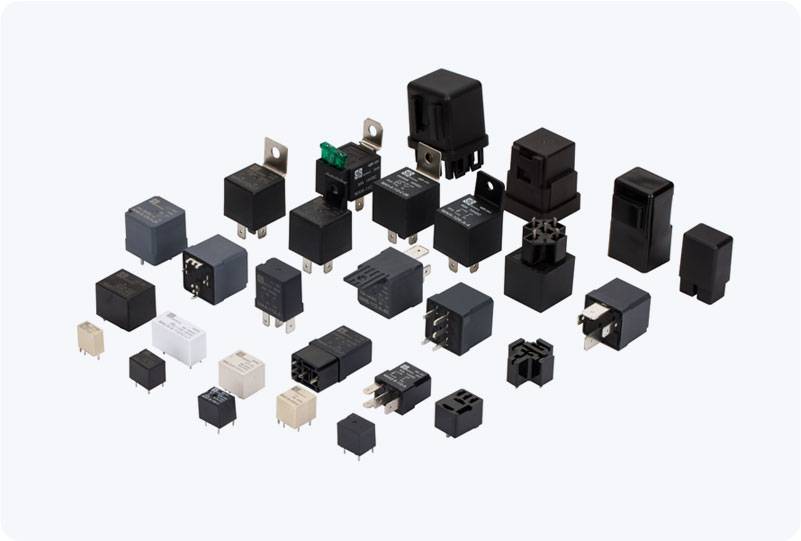In any electrical distribution system, ensuring safety and preventing equipment damage are top priorities. One of the most important devices used to achieve this is the Ground Fault Relay (GFR). A Ground Fault Relay is a protective device designed to detect and respond to ground faults in electrical circuits. These faults occur when there is an unintended connection between a live conductor and the ground, leading to dangerous consequences such as electric shock, fire hazards, or damage to sensitive equipment. This article will explore the purpose, operation, types, and applications of Ground Fault Relays, emphasizing their importance in modern electrical systems.

The Role of Ground Fault Relay A Ground Fault Relay plays a vital role in maintaining the integrity and safety of electrical installations. It monitors electrical circuits for any discrepancies in current flow that could indicate a ground fault. In the event of a fault, the relay promptly disconnects the affected section of the circuit, preventing further damage and ensuring the protection of both personnel and equipment. Ground faults can occur due to various reasons such as insulation breakdown, moisture ingress, or accidental contact between conductors and grounded surfaces. These faults may not always cause immediate disruptions, but over time, they can deteriorate equipment or create hazardous conditions. Therefore, detecting ground faults at an early stage is critical to minimizing risks.